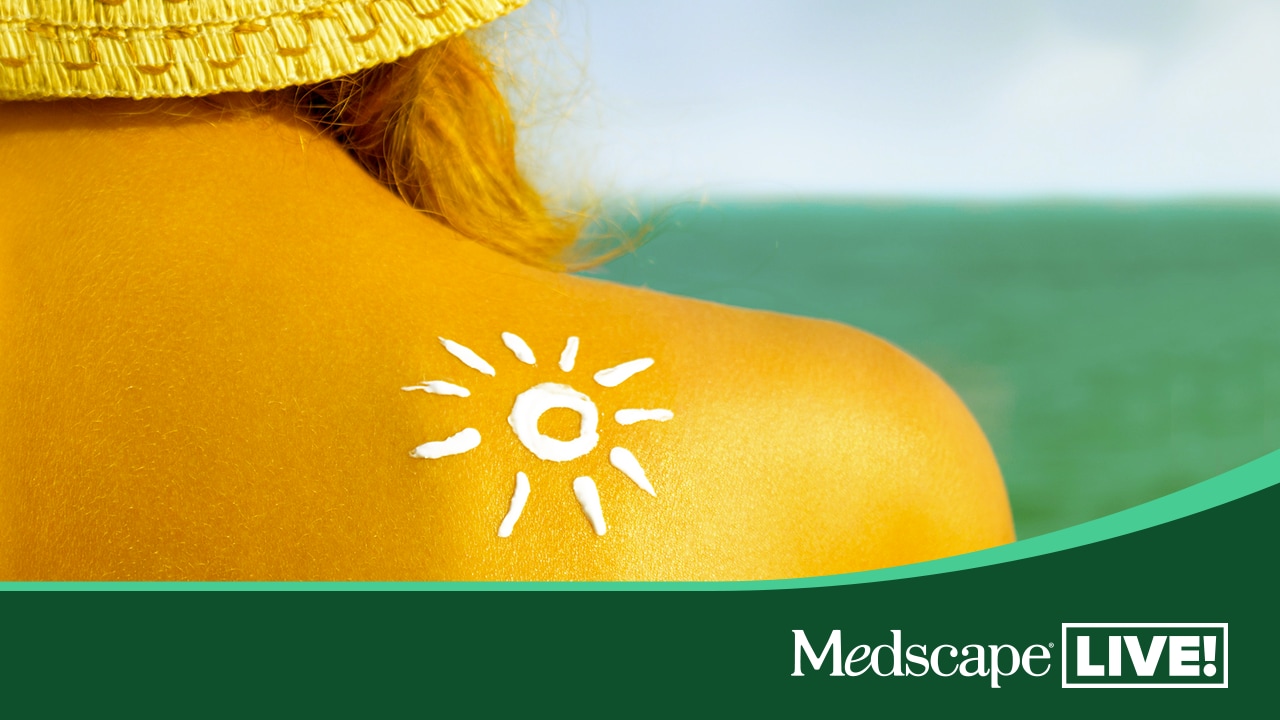Background
Superficial heat
In contrast to deep heating modalities, superficial heating modalities usually do not heat deep tissues, including muscles, because the subcutaneous layer of fat beneath the skin surface acts as a thermal insulator and inhibits heat transfer. Additionally, increased cutaneous blood flow from superficial heating causes a cooling reaction as it removes the heat that is applied externally.
In general, the transfer of heat (whether the purpose is heating or cooling) often is classified into three general types of heat transfer: conduction, convection, and conversion. [1, 2] They are characterized as follows:
-
Conductive heating - This is defined as heat transfer from one point to another without noticeable movement in the conducting medium; typically, direct contact takes place between the heat source and the target tissues; superficial heat is usually conductive heat (eg, hot water baths, hot packs, electric heating pads, warm compresses)
-
Convective heating - This form of heating is produced by the movement of the transferring heating medium, usually air or a fluid; methods for providing convective superficial heat include Fluidotherapy (DJO Global, Guildford, UK), whirlpool, moist air baths, and hot air baths
-
Conversion heating - This involves the conversion of one energy form (eg, light, sound) into another (heat); superficial heat is produced by heat lamps or radiant light bakers, with heat being transferred when the conveying medium (light energy) is converted to heat energy at the skin surface
Superficial heat modalities categorized by primary heat transfer mode are summarized as follows:
-
Conversion - Radiant heat
Several factors determine the extent of the physiologic response to heat, including the following:
-
Tissue temperature (usually 40-45ºC)
-
Duration of the tissue temperature increase
-
Rate of increase in the tissue temperature
-
Size of the area being treated
Therapeutic cold (cryotherapy)
Cryotherapy has the primary effect of cooling tissue. [1, 10, 11, 12] Depending upon the application method and duration of this therapy, the basic physiologic effects include the following [13] :
-
Decreased local metabolism
-
Vasoconstriction
-
Reactive hyperemia
-
Reduced swelling/edema [14]
-
Decreased hemorrhage
-
Reduced muscle efficiency
-
Analgesia secondary to impaired neuromuscular transmission
-
Pain reduction associated with the application of cold, which relaxes muscle spasm and minimizes upper motor neuron spasticity
Indications
Indications for the application of hot packs (conductive heating) may include painful muscle spasms, abdominal muscle cramping, and menstrual cramps.
Indications for the use of convective heating are as follows:
-
Fluidotherapy - Uses of this modality may include pain relief in arthritic conditions of small joints, joint mobilization following trauma/mobility, and analgesia/sedation in young patients undergoing exercise programs with painful and contracted joints due to sickle cell anemia
-
Hydrotherapy - Uses of hydrotherapy may include the treatment of infected draining wounds; contrast baths can be used as therapeutic hyperemia for management of rheumatoid arthritis or sympathetically mediated pain
-
Moist air - This modality is used to treat back muscle spasms and polyarticular arthritic conditions
The most common indications for radiant heat therapy (conversion heating) include muscle spasms from underlying joint/skeletal conditions, rheumatic joints in which direct heating of the joint is contraindicated, and the treatment of superficial skin breakdown in the intertriginous areas.
The most common indications and uses for the local application of therapeutic cold modalities include the following:
-
To decrease swelling/edema following trauma - Cooling in water at 8ºC for 30 minutes decreases edema
-
To treat burns
-
To inhibit spasticity - In spasticity, the muscle must be cooled; this process takes 10 minutes in thin patients and up to 60 minutes in more obese persons
-
To reduce muscle spasm
-
To reduce acute inflammatory reaction
-
To reduce pain
-
To reduce limb metabolism (prior to amputation)
-
To produce reactive hyperemia
-
To facilitate muscular contraction for various forms of neurogenic weakness and for muscle reeducation
-
To treat restricted knee flexion due to traumatic lower extremity fractures - This improves the condition to a greater degree than does superficial heat application, even if either is used in combination with passive stretching using mechanical traction [15]
Contraindications
Conductive heating in the form of paraffin baths should not be used in the treatment of open wounds (clean or infected).
Contraindications for convective heating include the following:
-
Fluidotherapy should not be used in the treatment of open wounds (clean or infected)
-
Hydrotherapy is contraindicated in patients immediately following surgery because a healing wound should be kept dry.
-
Hubbard tank
-
Special precautions should be used for therapy provided in a Hubbard tank for patients with either a tracheostomy or an ostomy.
-
Because total immersion in a Hubbard tank elevates core body temperature, patients with the following conditions, which generate temperature sensitivity, should avoid this heating modality:
- Multiple sclerosis
- Adrenal suppression or failure
- Systemic lupus erythematosus
- Pregnancy
Radiant heat (conversion heating) should not be used in patients who have the following conditions:
-
Photosensitivity
-
Acute inflammation or hemorrhage
-
Bleeding disorder
-
Decreased sensation
The following are conditions for which local cryotherapy is contraindicated:
-
Hypertension (due to secondary vasoconstriction)
-
Raynaud's disease
-
Local limb ischemia
-
History of vascular impairment, such as frostbite or arteriosclerosis
-
Cold allergy (cold urticaria)
-
Cryoglobulinemia or any disease that produces a marked cold pressor response
Cold packs applied to the abdomen cause increased gastrointestinal motility and gastric acid secretion; therefore, this treatment is contraindicated in patients with known peptic ulcer disease. Interestingly, the application of hot packs to the abdomen produces the opposite effect.
-
Schematic drawing showing how the jet stream of vapocoolant is applied.
-
Hydrotherapy. Image courtesy of Wikimedia







